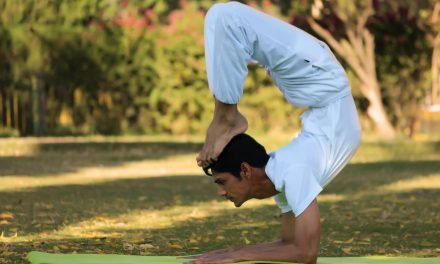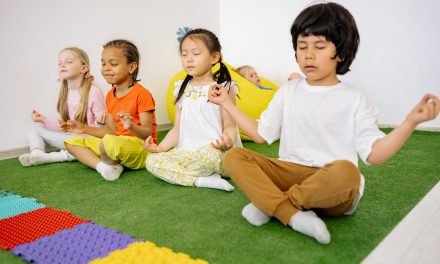
Why CrossFit Exercise is Good for Kids
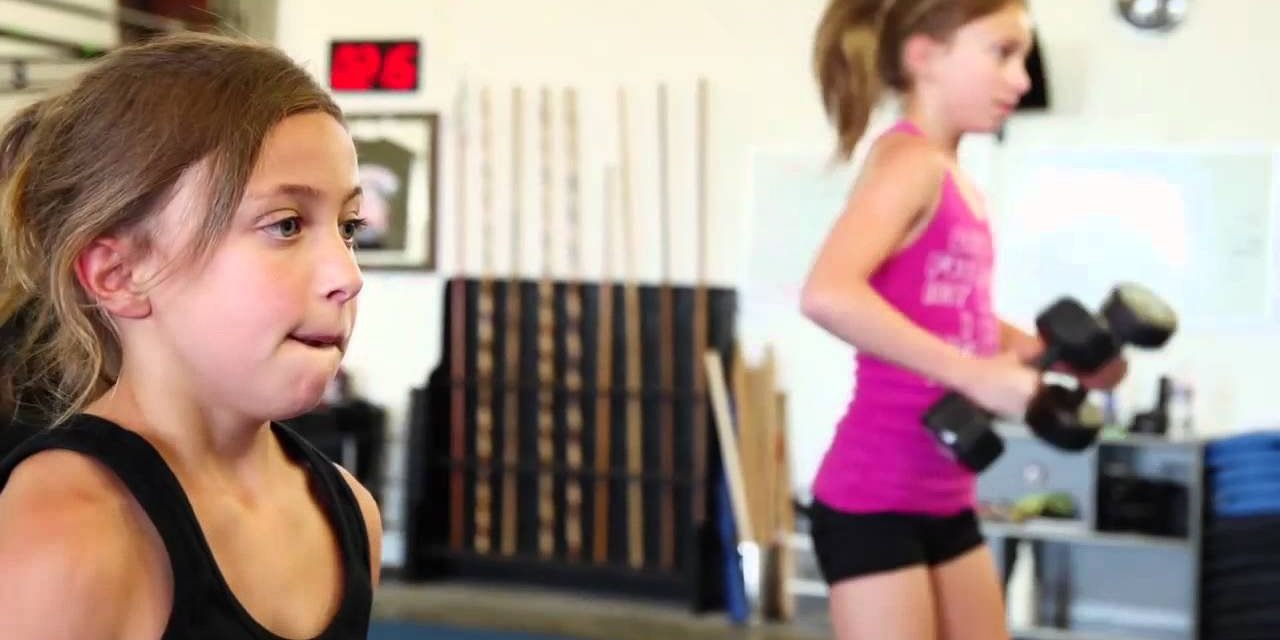
CrossFit is a popular training method all over the world. Today I’m going to show you the benefits of CrossFit workouts, especially for kids.
Do you want your children to start playing sports? I recommend CrossFit workouts for kids, a very beneficial training system for them. Why are CrossFit workouts good for children?
But before we dive in, let’s understand what CrossFit is. CrossFit is a training and body conditioning regime that involves functional movements that must be performed with high intensity and constant change.
What’s interesting about CrossFit Kids for Kids is that they blend disciplines such as Olympic gymnastics and running. This exercise is good for children 4-12 years old. It differs from regular CrossFit in that the intensity is very low and the exercise utilizes one’s own body weight. It also focuses on improving motor behavior.
Why CrossFit Exercise is Good for Kids
An important part of this is that the child begins an exercise routine that provides both physical and mental benefits while having fun. CrossFit for Kids focuses on play. This is because, in the future, the trainer can guide you through an exercise routine that focuses on strengthening your muscles and joints. Some children may even participate in competitions.
As mentioned earlier, CrossFit workouts for children have numerous physical benefits. In this way, you can project yourself into an accomplished athlete while stimulating your child’s physical abilities into adulthood.
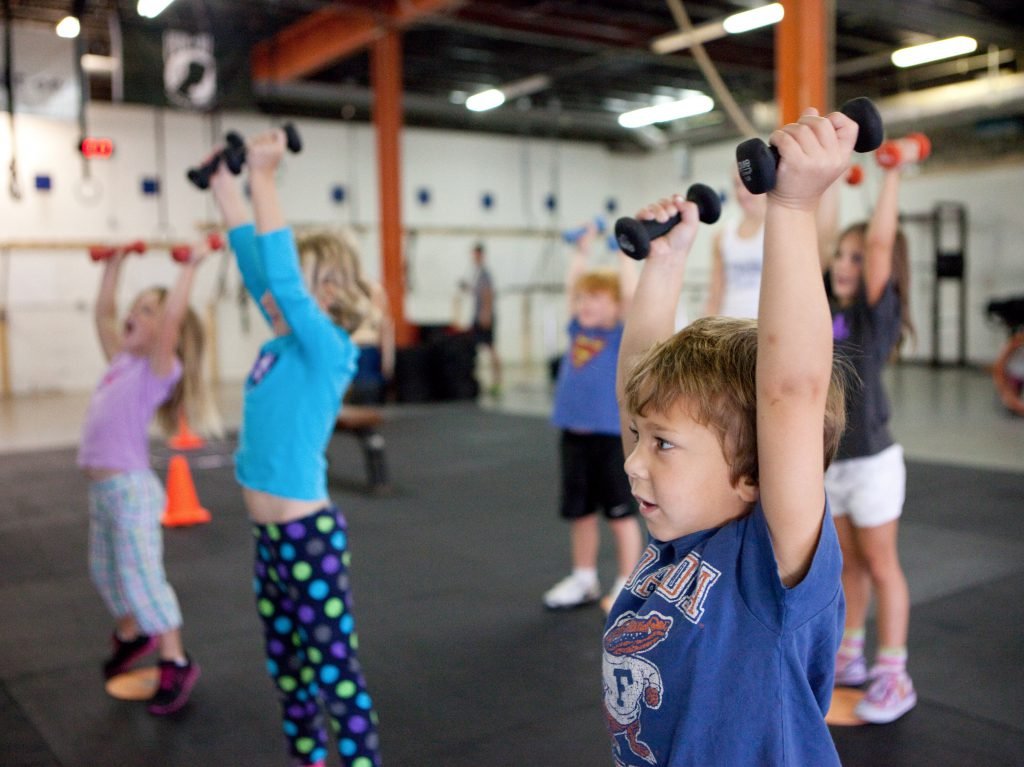
Sports of all ages are beneficial, and children can maintain the habit into adulthood.
increased aerobic capacity
Aerobic capacity works when you exercise at moderate or low intensity for a long time. Here, the body uses carbohydrates and fats as energy sources. So, doing CrossFit exercises can increase your child’s aerobic capacity. At the same time, speed and agility index, strength, and body composition are improved.
improving overall physical condition
CrossFit exercises for children are functional and multi-joint. In other words, you exercise at the same time, including various parts of the body. This allows for a more complete development while influencing the improvement of the overall physical condition.
Promotes bone and muscle growth
Because children’s bones and muscles are still developing, CrossFit helps them have more stamina to stretch and perform all activities. In addition, calcium binds easily and effectively to bones, increasing bone density.
prevent future injuries
The child improves his fitness by doing CrossFit. Based on neuromuscular mechanisms, muscles can release energy. In addition, following these exercise routines to build strength at an early age can reduce the risk of future injuries in athletes.
Emotional Benefits of CrossFit Exercises for Kids
CrossFit for Kids includes fun group exercises that get kids working together. So you can get emotional benefits. Let’s take a look at the most important benefits now.
energy release
In some countries, attention deficit hyperactivity disorder (ADHD) is a very common mental health problem among school-age children. These pathologies reveal inattention, hyperactivity, and impulsivity, leading to learning disabilities.
A great way to accompany the treatment of attention deficit hyperactivity disorder is to utilize CrossFit Exercises for Children to help release excess energy and maintain balance. It can reduce anxiety and increase concentration and attention.
training habits
Kids doing CrossFit get into the habit of training to achieve their goals. You learn how to work hard to achieve your goals, and understand that achieving your goals is not easy, but not impossible.
improved sleep quality
As children grow, it is essential to establish a stable sleep pattern. Unstable sleep patterns can lead to physical and emotional problems. Therefore, CrossFit exercise can help improve the quality of sleep after physical exertion.
self-confidence development
Today, we are exposed to social networks at a younger age than ever before. Bullying can also cause the child to question his or her body and abilities. But playing sports develops self-confidence as you explore new abilities, motivate yourself for achievement, and influence your physical appearance.
Improving social relationships
For children, relationships with their peers are very important. In fact, the social bonds a child has in the future depend to a large extent on this. Given that CrossFit Kids is taught as a group of children of the same age and encourages teamwork, children may improve the way they relate to each other. Needless to say, this is a huge advantage for a child who will become an adult in the future.
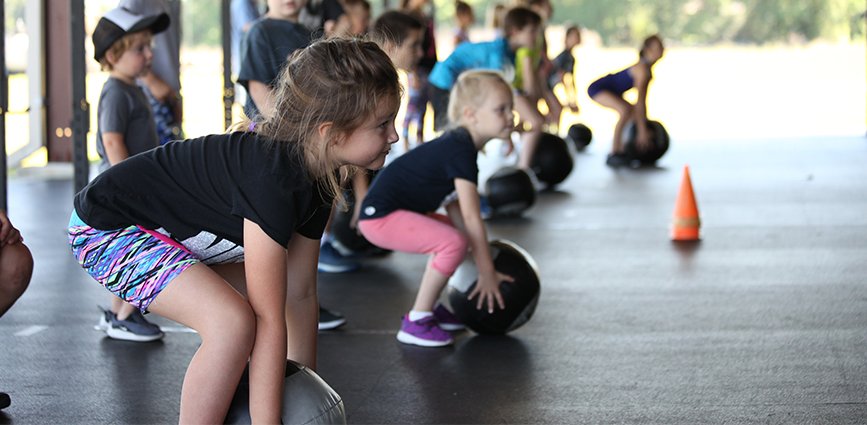
CrossFit promotes physical and emotional development.
General notes
CrossFit exercises for children should always be supervised by a professional trainer. This is to avoid bone or muscle injuries while guiding your child to perform the movements in the correct way.
It is important for parents to talk to their coach about their child’s physical and psychological condition. In this way, you can guide exercises that respond to individual abilities. It is very important that you do not use weights until your child is 12 years old to avoid putting too much pressure on the developing bones and muscles.
Since CrossFit is an exercise in which intensity is important, you should make sure that you do not have heart disease or congenital diseases to prevent future problems. If not taken care of, these diseases can be fatal. The same situation has been observed in athletes, young people, and adults of all sports around the world.
for or against?
So far, we’ve looked at how CrossFit workouts for kids can improve a child’s skills and provide physical and mental benefits. You will now be able to decide with a little more confidence whether CrossFit is the right way for your child to start a relationship with sports and healthy habits.
Don’t forget that exercise and physical control have a huge impact on your child’s development. It also promotes one’s perception or concept of the body in relation to space. It is an essential skill at all stages of life.


